

































See Also
See Again
© Getty Images
0 / 34 Fotos
The fraud
- According to El País, the accused managed to place the fake gel in hospitals and health centers throughout Spain during the month of April 2020, the worst moment of the pandemic, taking advantage of the urgent need for the product. They used two official distributors to help them sell the gel.
© Shutterstock
1 / 34 Fotos
The hearing approaches
- Their hearing was due to take place on May 22, 2024, but they accepted a plea deal with the Public Prosecutor's Office before their day in court. The prosecutors requested a sentence of almost nine years in prison for each of them for the crime of fraud and for the manufacturing, storage, and marketing of medical products with a potential risk to human health.
© Shutterstock
2 / 34 Fotos
Plea deal
- The plea deal requires both men to confess to the crimes, and in exchange, prevents them from being imprisoned as long as they pay a fine of €17,520 euros each and don’t re-offend in the next two years.
© Shutterstock
3 / 34 Fotos
Admissions of guilt
- The defendants acknowledged that they both used their fraudulent company Quimicalsa to enrich themselves, while thousands of people were dying daily in Spain and there was a shortage of disinfectant products on the market. They accepted the account of the facts given by the prosecutor, stating that the defendants, "aware of the shortage and demand for the product, agreed to take advantage of this situation." The gel they produced lacked the minimum amount of ethanol and likely put countless people at risk during one of the worst pandemics in history.
© Shutterstock
4 / 34 Fotos
The enduring effect of the pandemic
- The pandemic might be a distant memory, but there's a silent reminder of it that remains: a condition known as Long COVID.
© Shutterstock
5 / 34 Fotos
The enduring effect of the pandemic
- People call Long COVID by many names, including post-COVID conditions, long-haul COVID, post-acute COVID-19, long-term effects of COVID, and chronic COVID.
© Shutterstock
6 / 34 Fotos
Detection
- Detecting, diagnosing, and treating Long COVID is not straightforward. The condition affects people from all walks of life, but there is large variation in how it presents itself.
© Shutterstock
7 / 34 Fotos
A chronic condition
- The range of ongoing health problems arising from Long COVID can last weeks, months, or even years, depending on the person affected.
© Shutterstock
8 / 34 Fotos
The fallout of infection
- Those who experienced severe COVID-19 infection are at a higher risk of developing Long COVID, but anyone infected with the virus can suffer from the condition.
© Shutterstock
9 / 34 Fotos
Higher risk
- Those who were infected with COVID-19 before they were vaccinated might be at a higher risk of developing Long COVID.
© Shutterstock
10 / 34 Fotos
Reinfection
- Reinfection with the virus can happen multiple times. Each time a person is reinfected, it increases their risk of developing Long COVID.
© Shutterstock
11 / 34 Fotos
Persistent symptoms
- Most people who get infected with COVID-19 recover within a period of days and weeks. When symptoms of the virus persist four weeks later, Long COVID can first be identified.
© Shutterstock
12 / 34 Fotos
Testing
- There isn't a specific test that can determine whether or not the symptoms you're experiencing are Long COVID. The condition is not one illness.
© Shutterstock
13 / 34 Fotos
Symptoms
- People who suffer from the condition commonly report a sense of tiredness or fatigue that is overwhelming and interferes with daily life.
© Shutterstock
14 / 34 Fotos
Symptoms
- A worsening of this symptom after physical or mental exertion—"post-exertional malaise"—and a fever might also be present.
© Shutterstock
15 / 34 Fotos
Heart and respiratory symptoms
- Sufferers might experience shortness of breath or difficulty breathing, as well as a cough, chest pain, and heart palpitations.
© Shutterstock
16 / 34 Fotos
Neurological symptoms
- Neurological symptoms such as changes to smell or taste, headaches, brain fog, sleep problems, pins and needles, dizziness upon standing, and depression or anxiety might also indicate Long COVID.
© Shutterstock
17 / 34 Fotos
Digestive and other symptoms
- Diarrhea and stomach pain have also been reported in some cases, as well as joint or muscle pain, rashes, or menstrual cycle changes.
© Shutterstock
18 / 34 Fotos
Not an exhaustive list
- These are the most common symptoms, however the list is not exhaustive. More than 200 symptoms have been linked to Long COVID.
© Shutterstock
19 / 34 Fotos
Deterioration after recovery
- Confusingly, some people feel better after making a recovery from COVID-19, before these symptoms begin to emerge in the weeks or months afterward.
© Shutterstock
20 / 34 Fotos
Health conditions
- Multi-organ effects and autoimmune conditions and their symptoms can also result from COVID-19. These conditions are more likely if you suffered a severe infection.
© Shutterstock
21 / 34 Fotos
Health conditions
- Diabetes, heart conditions, blood clots, or neurological conditions are also more commonly experienced by people who've suffered from COVID-19 than those who haven't.
© Shutterstock
22 / 34 Fotos
At-risk groups
- Much research has focused on understanding why certain groups are more at risk than others of suffering from Long COVID.
© Shutterstock
23 / 34 Fotos
At-risk groups
- People with underlying health conditions prior to COVID-19; those who weren't vaccinated; and those who were hospitalized or needed intensive care for their initial COVID infection, are the three main groups believed to be most at-risk.
© Shutterstock
24 / 34 Fotos
Inequalities might increase the risk
- Some people are more at-risk due to where they live or work, or due to health inequalities associated with certain racial or ethnic minority groups.
© Shutterstock
25 / 34 Fotos
Prevention
- The best way to help prevent Long COVID is to take the steps that prevent the COVID-19 virus from speading. You can protect yourself and those around you by practicing good hygiene.
© Shutterstock
26 / 34 Fotos
Prevention
- You can do this by washing your hands regularly or using an alcohol-based hand sanitizer, and avoiding close contact with confirmed cases of COVID-19.
© Shutterstock
27 / 34 Fotos
Vaccines and boosters
- Keeping up-to-date with vaccinations and boosters will make it less likely that you develop Long COVID after COVID-19 infection.
© Shutterstock
28 / 34 Fotos
The signs and symptoms of Long COVID
- Although not as common an occurrence, unfortunately Long COVID does sometimes affect young children and adolescents as well.
© Shutterstock
29 / 34 Fotos
Diagnosis
- Even if someone is properly diagnosed, there’s currently no promise they’ll completely recover. Right now, there’s no "cure."
© Shutterstock
30 / 34 Fotos
Studies
- However, in one study, a third of people affected by it at six months post-infection, no longer met the threshold at the nine-month mark.
© Shutterstock
31 / 34 Fotos
Support
- Fortunately, for those living with the condition, there are support groups available for them and their caregivers. Attending can help people to lessen their sense of isolation.
© Shutterstock
32 / 34 Fotos
Growing data
- Meanwhile, there are numerous studies ongoing to help better understand the condition and how people are affected by it. As more information is discovered, it opens the door for better treatments to become available in the future. Sources: (CDC) (Time) (Everyday Health) (TODAY.com) (Yale Medicine) See also: The top anti-inflammatory foods to improve your health
© Shutterstock
33 / 34 Fotos
© Getty Images
0 / 34 Fotos
The fraud
- According to El País, the accused managed to place the fake gel in hospitals and health centers throughout Spain during the month of April 2020, the worst moment of the pandemic, taking advantage of the urgent need for the product. They used two official distributors to help them sell the gel.
© Shutterstock
1 / 34 Fotos
The hearing approaches
- Their hearing was due to take place on May 22, 2024, but they accepted a plea deal with the Public Prosecutor's Office before their day in court. The prosecutors requested a sentence of almost nine years in prison for each of them for the crime of fraud and for the manufacturing, storage, and marketing of medical products with a potential risk to human health.
© Shutterstock
2 / 34 Fotos
Plea deal
- The plea deal requires both men to confess to the crimes, and in exchange, prevents them from being imprisoned as long as they pay a fine of €17,520 euros each and don’t re-offend in the next two years.
© Shutterstock
3 / 34 Fotos
Admissions of guilt
- The defendants acknowledged that they both used their fraudulent company Quimicalsa to enrich themselves, while thousands of people were dying daily in Spain and there was a shortage of disinfectant products on the market. They accepted the account of the facts given by the prosecutor, stating that the defendants, "aware of the shortage and demand for the product, agreed to take advantage of this situation." The gel they produced lacked the minimum amount of ethanol and likely put countless people at risk during one of the worst pandemics in history.
© Shutterstock
4 / 34 Fotos
The enduring effect of the pandemic
- The pandemic might be a distant memory, but there's a silent reminder of it that remains: a condition known as Long COVID.
© Shutterstock
5 / 34 Fotos
The enduring effect of the pandemic
- People call Long COVID by many names, including post-COVID conditions, long-haul COVID, post-acute COVID-19, long-term effects of COVID, and chronic COVID.
© Shutterstock
6 / 34 Fotos
Detection
- Detecting, diagnosing, and treating Long COVID is not straightforward. The condition affects people from all walks of life, but there is large variation in how it presents itself.
© Shutterstock
7 / 34 Fotos
A chronic condition
- The range of ongoing health problems arising from Long COVID can last weeks, months, or even years, depending on the person affected.
© Shutterstock
8 / 34 Fotos
The fallout of infection
- Those who experienced severe COVID-19 infection are at a higher risk of developing Long COVID, but anyone infected with the virus can suffer from the condition.
© Shutterstock
9 / 34 Fotos
Higher risk
- Those who were infected with COVID-19 before they were vaccinated might be at a higher risk of developing Long COVID.
© Shutterstock
10 / 34 Fotos
Reinfection
- Reinfection with the virus can happen multiple times. Each time a person is reinfected, it increases their risk of developing Long COVID.
© Shutterstock
11 / 34 Fotos
Persistent symptoms
- Most people who get infected with COVID-19 recover within a period of days and weeks. When symptoms of the virus persist four weeks later, Long COVID can first be identified.
© Shutterstock
12 / 34 Fotos
Testing
- There isn't a specific test that can determine whether or not the symptoms you're experiencing are Long COVID. The condition is not one illness.
© Shutterstock
13 / 34 Fotos
Symptoms
- People who suffer from the condition commonly report a sense of tiredness or fatigue that is overwhelming and interferes with daily life.
© Shutterstock
14 / 34 Fotos
Symptoms
- A worsening of this symptom after physical or mental exertion—"post-exertional malaise"—and a fever might also be present.
© Shutterstock
15 / 34 Fotos
Heart and respiratory symptoms
- Sufferers might experience shortness of breath or difficulty breathing, as well as a cough, chest pain, and heart palpitations.
© Shutterstock
16 / 34 Fotos
Neurological symptoms
- Neurological symptoms such as changes to smell or taste, headaches, brain fog, sleep problems, pins and needles, dizziness upon standing, and depression or anxiety might also indicate Long COVID.
© Shutterstock
17 / 34 Fotos
Digestive and other symptoms
- Diarrhea and stomach pain have also been reported in some cases, as well as joint or muscle pain, rashes, or menstrual cycle changes.
© Shutterstock
18 / 34 Fotos
Not an exhaustive list
- These are the most common symptoms, however the list is not exhaustive. More than 200 symptoms have been linked to Long COVID.
© Shutterstock
19 / 34 Fotos
Deterioration after recovery
- Confusingly, some people feel better after making a recovery from COVID-19, before these symptoms begin to emerge in the weeks or months afterward.
© Shutterstock
20 / 34 Fotos
Health conditions
- Multi-organ effects and autoimmune conditions and their symptoms can also result from COVID-19. These conditions are more likely if you suffered a severe infection.
© Shutterstock
21 / 34 Fotos
Health conditions
- Diabetes, heart conditions, blood clots, or neurological conditions are also more commonly experienced by people who've suffered from COVID-19 than those who haven't.
© Shutterstock
22 / 34 Fotos
At-risk groups
- Much research has focused on understanding why certain groups are more at risk than others of suffering from Long COVID.
© Shutterstock
23 / 34 Fotos
At-risk groups
- People with underlying health conditions prior to COVID-19; those who weren't vaccinated; and those who were hospitalized or needed intensive care for their initial COVID infection, are the three main groups believed to be most at-risk.
© Shutterstock
24 / 34 Fotos
Inequalities might increase the risk
- Some people are more at-risk due to where they live or work, or due to health inequalities associated with certain racial or ethnic minority groups.
© Shutterstock
25 / 34 Fotos
Prevention
- The best way to help prevent Long COVID is to take the steps that prevent the COVID-19 virus from speading. You can protect yourself and those around you by practicing good hygiene.
© Shutterstock
26 / 34 Fotos
Prevention
- You can do this by washing your hands regularly or using an alcohol-based hand sanitizer, and avoiding close contact with confirmed cases of COVID-19.
© Shutterstock
27 / 34 Fotos
Vaccines and boosters
- Keeping up-to-date with vaccinations and boosters will make it less likely that you develop Long COVID after COVID-19 infection.
© Shutterstock
28 / 34 Fotos
The signs and symptoms of Long COVID
- Although not as common an occurrence, unfortunately Long COVID does sometimes affect young children and adolescents as well.
© Shutterstock
29 / 34 Fotos
Diagnosis
- Even if someone is properly diagnosed, there’s currently no promise they’ll completely recover. Right now, there’s no "cure."
© Shutterstock
30 / 34 Fotos
Studies
- However, in one study, a third of people affected by it at six months post-infection, no longer met the threshold at the nine-month mark.
© Shutterstock
31 / 34 Fotos
Support
- Fortunately, for those living with the condition, there are support groups available for them and their caregivers. Attending can help people to lessen their sense of isolation.
© Shutterstock
32 / 34 Fotos
Growing data
- Meanwhile, there are numerous studies ongoing to help better understand the condition and how people are affected by it. As more information is discovered, it opens the door for better treatments to become available in the future. Sources: (CDC) (Time) (Everyday Health) (TODAY.com) (Yale Medicine) See also: The top anti-inflammatory foods to improve your health
© Shutterstock
33 / 34 Fotos
Counterfeiters confess to selling fake disinfectant gel to hospitals during pandemic
They also distributed the product in pharmacies, shops, and bars
© Getty Images
Highly sought-after healthcare products became the subject of major fraud during the COVID-19 pandemic. In Spain, one of the most striking cases was detected in the province of A Coruña in 2020. The Guardia Civil discovered a laboratory hidden in an old chicken farm that was producing fake disinfectant gel. The perpetrators were selling the product to hospitals as medical-grade hydroalcoholic gel, when in reality, it was cut with spirits like brandy.
The perpetrators of the fraud are two men from the town of Boiro in Galicia, named Jose Antonio S. and Juan S., who were tried in the Court of A Coruña. They admitted to selling 6,000 liters (1,585 gallons) of the counterfeit product and producing even more with the intention to sell. Prosecutors sought a nine-year prison sentence, but the accused took a plea deal and were given two-year suspended sentences plus fines of €17,520 (US$19,000) each.
Click through the gallery for the full story of their scam and to find out how the pandemic is still affecting us to this day.
RECOMMENDED FOR YOU

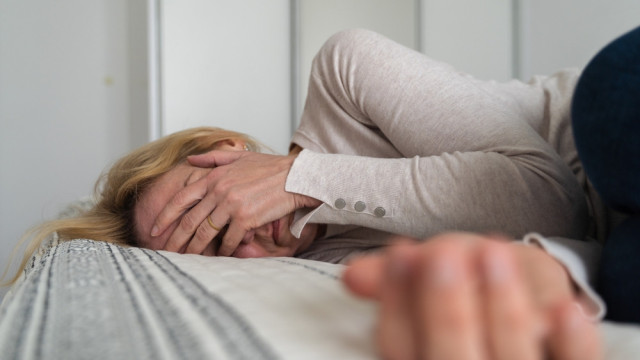




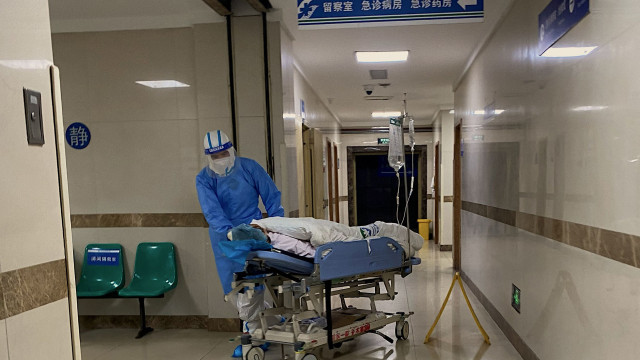


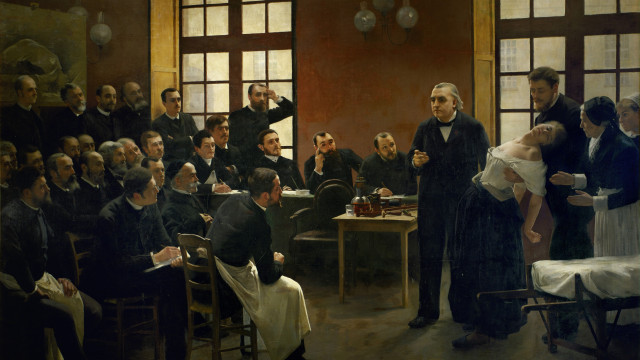







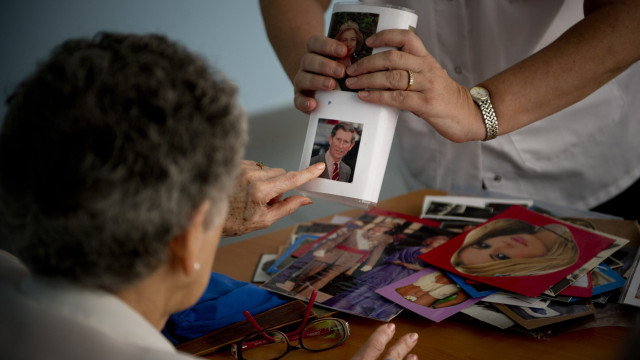


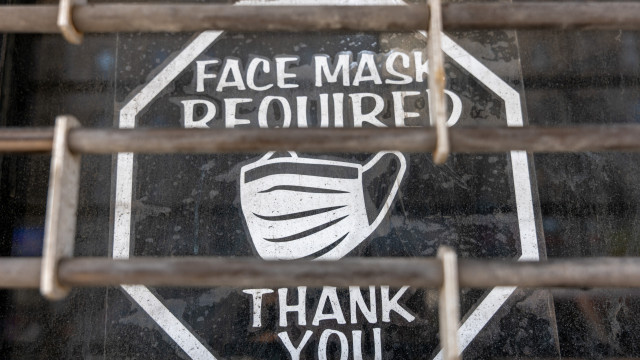





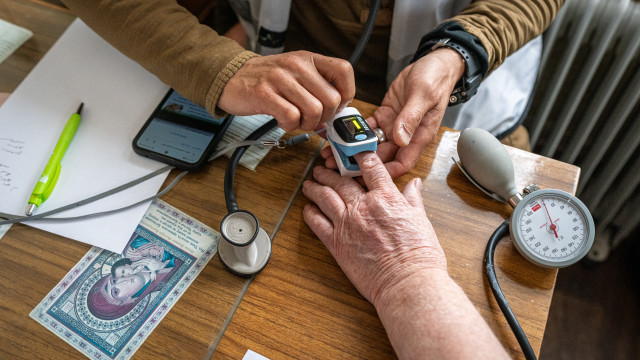

MOST READ
- Last Hour
- Last Day
- Last Week








